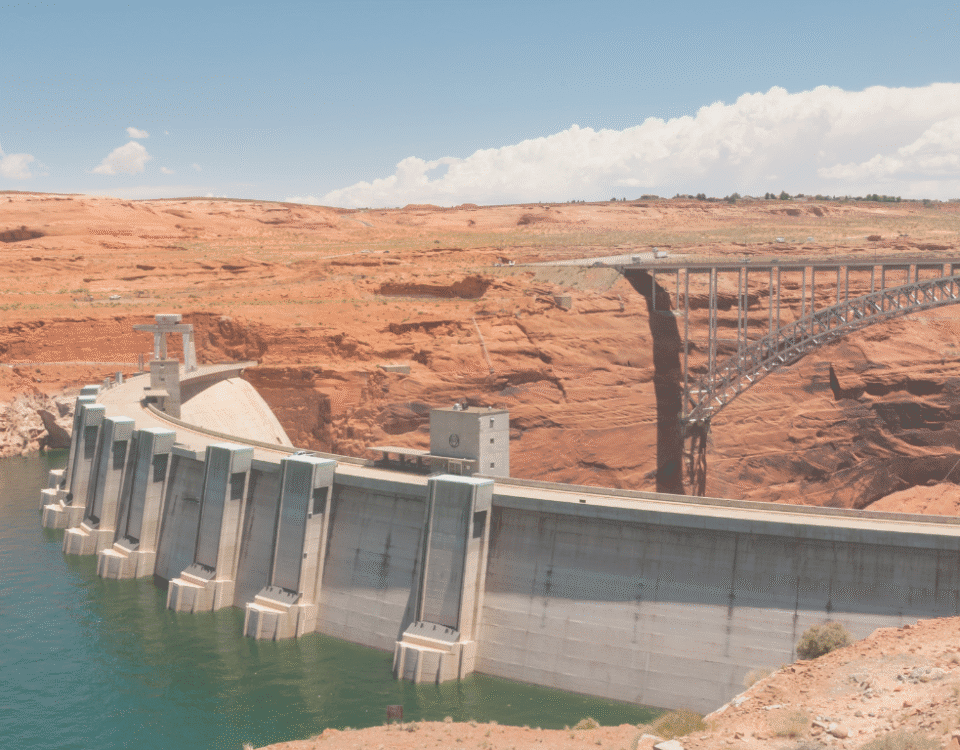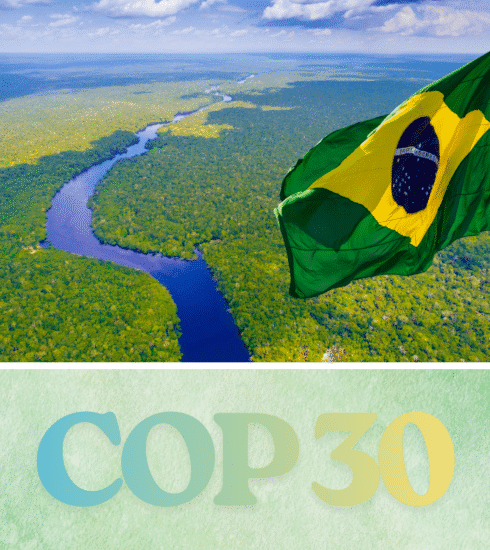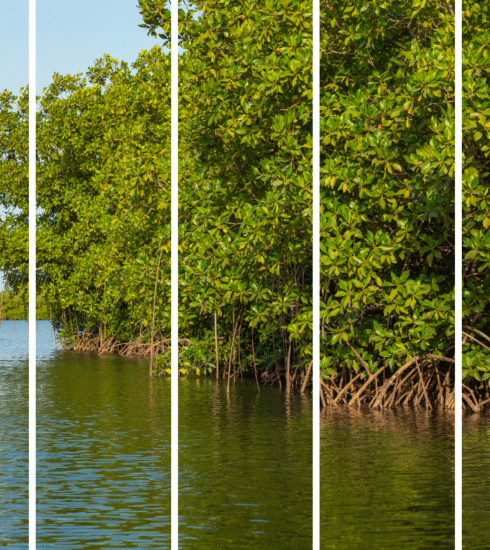The Dam Truth: Forests Are the Ultimate Water Solution
Nature has always been the planet’s best designer—everything from rainforests to coral reefs works in perfect sync. And while human inventions have taken us far, from lifesaving tech to medical research and cleaner energy, we’ve also pushed nature’s limits too far. The real problem begins when we stop working with nature and start ignoring the natural systems that sustain us. Take dams, for example. We build them to store rainwater, but often clear forests in the process. That’s like installing a tap while disconnecting the water supply. Forests aren’t just scenic backdrops—they’re what brings the rain. A single mature tree can transpire hundreds of litres of water per day, helping drive rainfall cycles and cool the surrounding environment. So, without trees, our dams are just empty declarations of how little we understood the assignment.
Triggers Behind the Renewed Concern
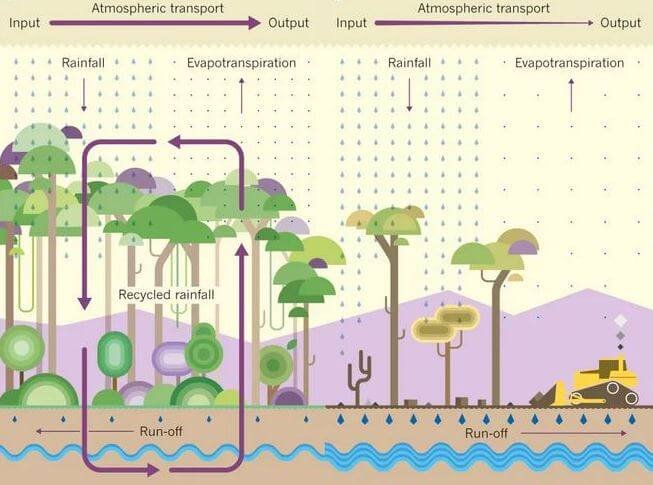
We keep clearing forests as if they’re obstacles to progress—cutting them down for roads, buildings, and timber. But have we ever paused to consider what happens when there are no forests left to cut? Quick fixes like deforestation and building dams might silence today’s problems, but they echo loudly into the future. If we keep choosing short-term solutions over long-term balance, nature may not be there when we need it most. It’s time we admitted that deforestation isn’t a solution—it’s the root of the problem.
Gargai Drinking Water Project
The Gargai Dam project will submerge 658 hectares of forest land and 186 hectares of private land, clearing thousands of trees and disrupting wildlife habitats, as Mumbai relies on the Gargai River for water.
Read More: Hindustan Times
Kalu Dam Project
Proposed construction of the Kalu Dam in Thane risks destroying 1,000 hectares of forest cover and 90,000 trees, impacting biodiversity and indigenous communities dependent on these ecosystems.
Read More: Hindustan Times
Renuka Dam Project
To supply water to Delhi, the project will submerge 1,231 hectares of farmland in 32 villages, 909 hectares of reserved forest, and 49 hectares of the Renuka wildlife sanctuary, totalling 1,508 hectares of land lost to the Renuka Dam.
Read More: MoneyControl
Mandal Dam Project aka North Koel Project
The North Koel/Mandal Dam project in Jharkhand involves felling 344,000 trees in Palamau Tiger Reserve while displacing 780 families from six villages, threatening both biodiversity and tribal communities.
Read More: Hindustan Times
Doogri Dam Project
The proposed Doongri Dam in Rajasthan’s Banswara district threatens to impact 76 villages, displacing thousands of people—mainly tribal communities and farmers who’ve lived there for generations. If approved, the project could flood vast stretches of ancestral land, threatening both livelihoods and cultural heritage in the name of development.
Read More: The Times of India
Cut the Excuses, Not the Trees
While these projects are yet to begin, there’s still hope that the Supreme Court of India will intervene and halt the tree felling, just like they did for the Kancha Gachibowli forest. There’s also hope that environmental activists and citizen groups will raise enough awareness to pressure decision-makers. That independent environmental assessments will finally be taken seriously. That policymakers will listen, not just to experts, but to the people who call these forests home. And maybe, just maybe, we’ll start choosing restoration over destruction before it’s too late.
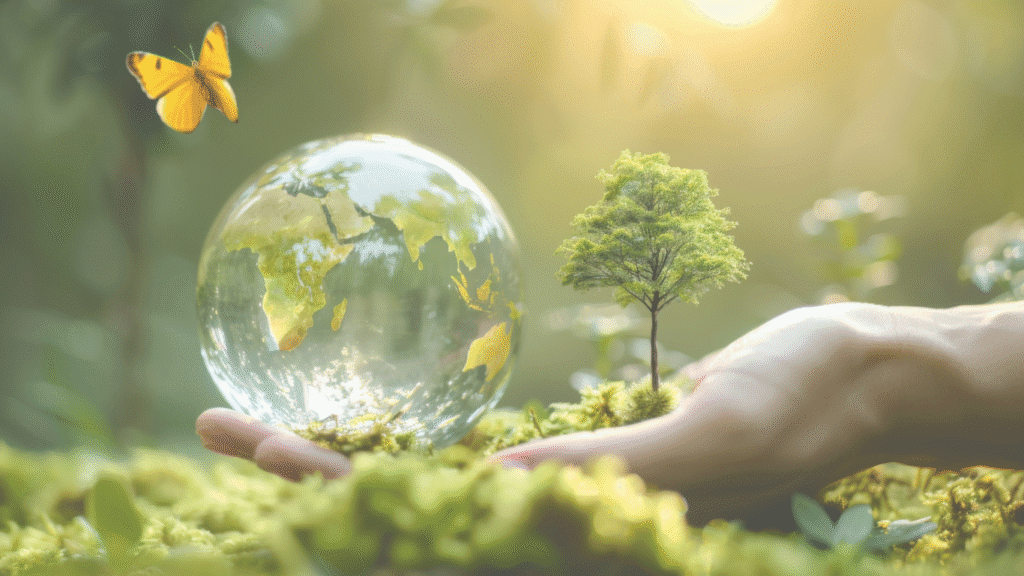
Protecting forests isn’t just about saving wildlife; it’s about safeguarding our own future. And let’s be real—you’re no eco-noob. We don’t need to list out the benefits of trees. Even a five-year-old could tell you why chopping them down is a terrible idea.
Now, the people backing deforestation might argue that they’ll compensate with afforestation. But honestly—has anyone actually tracked the tree plantation drives that get media attention but no sustained care? And more importantly, can the sudden loss of thousands of mature trees in one region really be offset by saplings scattered across different places? It takes decades for a forest to grow, to become an ecosystem. You can’t just plant a few trees and call it even.
Dams or Forests—Why Not Both?
As cities expand, populations grow, and water needs shoot up, the go-to move has often been to clear forests and build massive infrastructure projects like dams. But here’s a thought—what if the answer isn’t to fight nature, but to work with it? Maybe it’s time we rethink how we do water.
Rethink the Rain Game
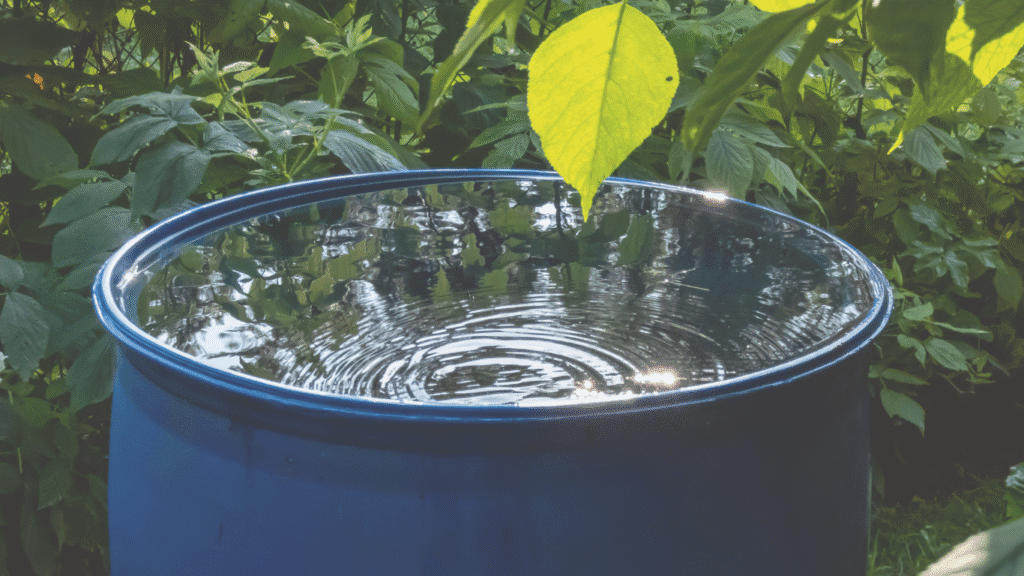
Rejuvenating local water bodies, rainwater harvesting, and wastewater reuse can be game-changers for cities. By tapping into what’s already available, we can reduce the need to build massive dams that destroy forests. A circular urban water system—where every drop is reused, recycled, and replenished—can help cities meet their growing needs without compromising the planet’s natural balance.
We’re sure Ganesh Shanbhag can show us how to maximize water reuse, minimise tankers, while safeguarding our trees.
Urban Water Fixes That Don’t Axe Forests
Around the world, smarter, greener ways to manage water are showing up—ones that keep the taps running without chopping down a single tree.
In Portland, green streets, also known as bioswales, help protect rivers by removing up to 90% of pollutants from stormwater runoff before it reaches water bodies. Singapore’s Bishan Park transformed a concrete canal into a functioning wetland—boosting flood capacity by 40%, increasing biodiversity by 30%, and proving that cities can manage water smartly while staying forest-friendly. Malmö’s Augustenborg district manages 90% of stormwater locally with green infrastructure—reducing floods, recharging groundwater, and helping the city meet its water needs sustainably.
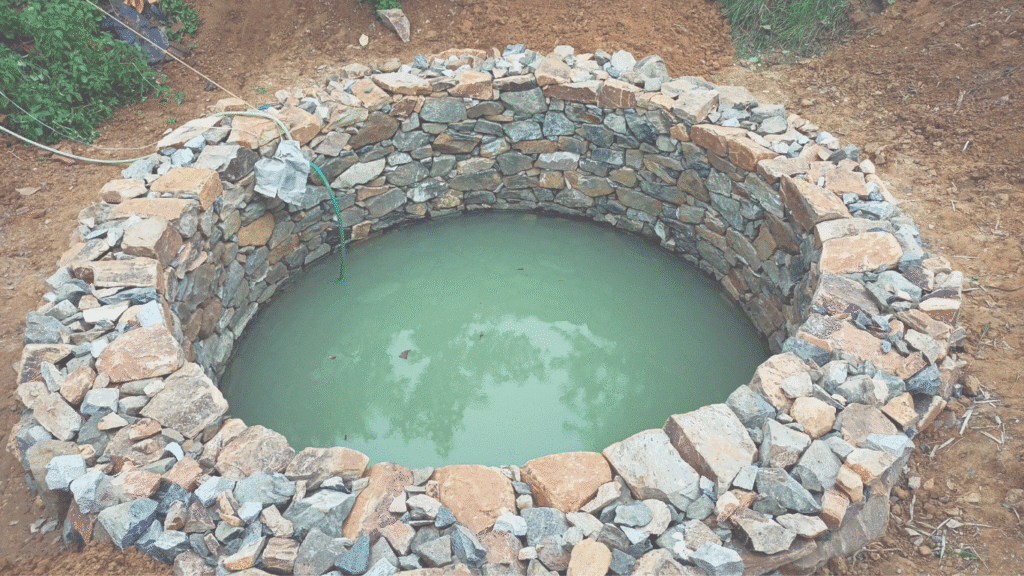
Back home, Indore tackled its water crisis head-on by installing recharge units in over 80,000 households—raising groundwater levels by up to 15 meters in some areas. Bengaluru has built over 100,000 recharge wells through the Million Wells campaign, helping the city capture rainwater, reduce tanker dependence, and revive its groundwater sustainably.
These cities prove we don’t need massive dams or deforestation to meet rising urban water needs. Smart water management and forest conservation can and must go hand in hand. Dams may store water, but forests make it rain. Let’s rethink what really keeps our taps flowing.
Loved this truth bomb? Don’t keep it to yourself, pass it on. Someone in your feed still needs to hear that the best solutions don’t come from concrete, but from the earth itself.

